When Nell McCafferty lived on Evergreen Street
Journalist, playwright, and activist Nell McCafferty died at the age of 80 in Donegal today, August 21. For a time, she lived in a terraced house on Evergreen Street in the heart of Cork city
When you distill it right down, nouns dictate what writers do. Invariably, they all write about a person, place, or thing—usually a combination of all three. And so it was that when Nell McCafferty, in her mid-thirties, found herself living on Evergreen Street, she was drawn to the characters of Evergreen Street, Barrack Street, and The Celtic Bar.
The extract below, entitled Evergreen Street, published in the 1979 edition of The Cork Review begins with Nell in her hometown of Derry, with her mother shopping in a fancy wallpaper shop, which the Provos had just bombed.
Her mother, like any mother, sensing the potential for a bargain, drags Nell along so that she might pick up something to make a “habitable home of a concrete shell in Cork”.
“I bought the paper, thanked the Provos, and made haste to Cork,” she writes.
In the course of a full and varied life, Nell McCafferty founded the Irish Women's Liberation Movement and wrote for The Irish Press, The Irish Times, Sunday Tribune, Hot Press, The Village Voice and many others. Her book, A Woman to Blame, on the coverage and persecution of Joanne Hayes of the Kerry Babies case is her most notable book. In November 2016, McCafferty (along with Dee Forbes ex-director general of RTÉ) was awarded an honorary doctorate by UCC.
Readers may recognise the people and places (and talents) referenced in the passage below:
Evergreen Street by Nell McCafferty
The homes of Evergreen Street are the peoples' art-form. Terraced, compact, redbrick on one side, tall grey concrete on the other. At one end there is a bright Chinese take-away. At the other there is a quiet granite Protestant Church, tolling solemn Sunday bells.
Everyday the women come out to apply their art. I watch from my window and learn. They bring the tools of their trade; wash-basins, dusting cloths, scrubbing brushes, spray tins of polish. Glass and wood and brass and brick are washed and dried, rubbed and oiled, cleaned and shined and burnished. The pavement outside each door is spotlessly semi-circled with soapy suds. They talk as they work, for art is spoken too, structuring their lives in conversation, comparing, revealing, guarding, exchanging, criticising. Did you hear, did you know, I saw, would you like that, alook at that one now, I feel, they say that…
A network of neighbours, crammed in one small street, attached wall to wall, word to word, framed in similar houses, each a different picture. Her life is different to mine; his concept is different to hers; each door is a different colour; some curtains hang one way, some another; there are plants and plastic sprays and flowers in pots and jars; all the houses are numbered differently; no two families tell the same story.; each voice has a distinctive tone and texture.
In The Celtic bar, adjoining us all, to which we all adjourn, we sink the differences and listen to the divergences, lounging privately in the public room, before a coal fire, sometimes shadows in the sunlight; the saloon our salon, presided over by Bella Maverley, held together by her son Timmy.
All arts converge there; a skilled profession or trade or craft or branch of ac tivity. Some draw the dole. We discuss brick laying and steel erecting and afforestation. Art is also cunning and crafty conduct…
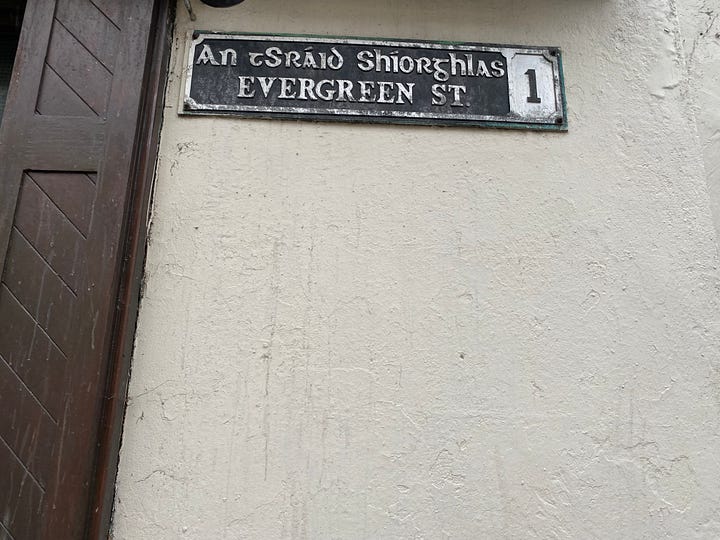
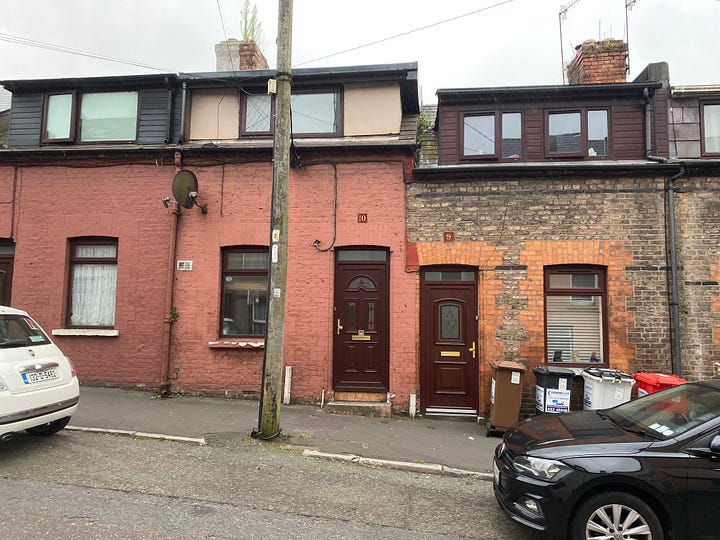
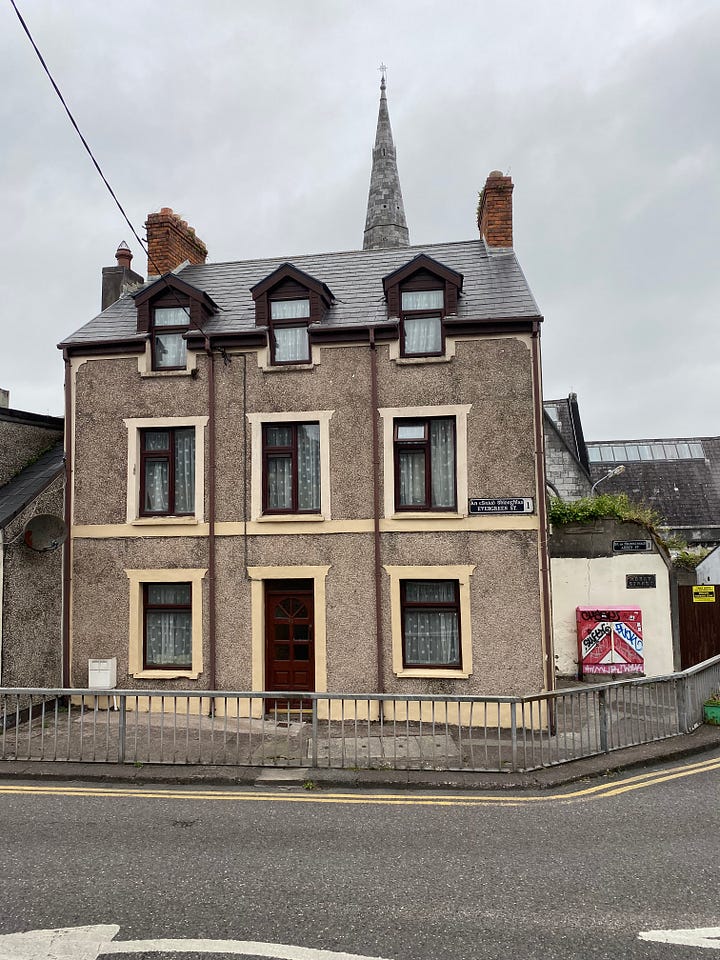
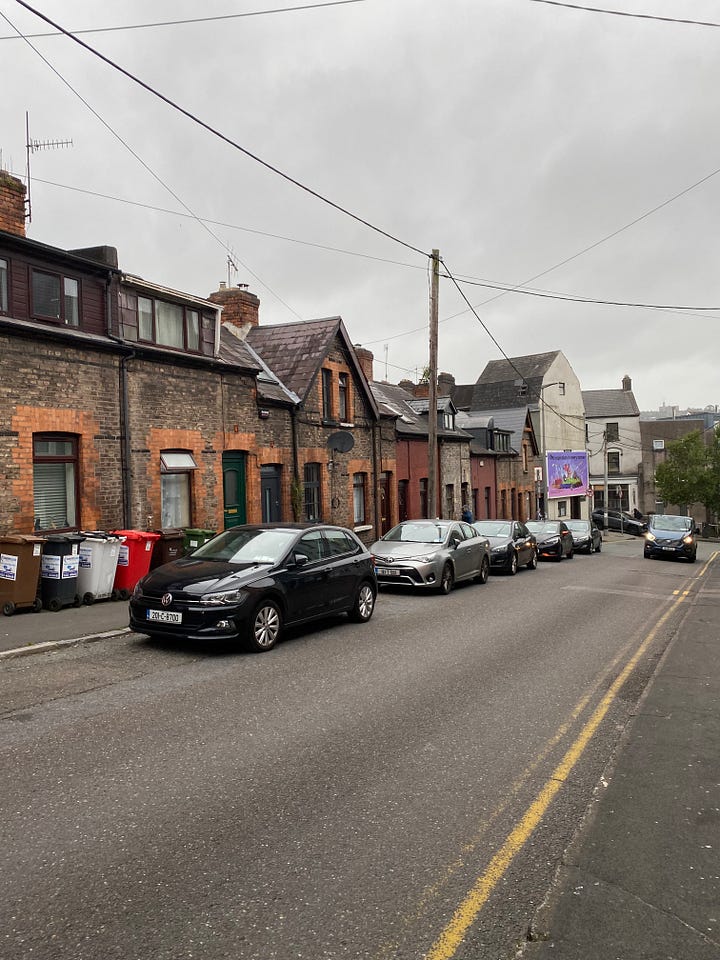
In The Celtic I learned about the cheap lining of expensive coffins, and two coats of paint where three were paid for. Art is produced with studied artistry, not arising spontaneously by chance, as any member of The Celtic sea angling Club will tell you, after a night on the sea offKinsale, or a day on the shores of West Cork.
Art can'be studiously mannered, as the Cork residents of The Celtic, rising gently to the advent of a stranger, graciously show.
The pursuit of art can leave you broke, so every Sunday night we pay ten pence for a raffle ticket and hope to win the five pound prize. We hardly ever sing folk songs there; oh, no. There is a woman among us who visited New York and New Orleans, that she might the better reflect every turn of meaning in her jazz renditions. With her, in The Celtic, one brandied evening, wetoured Manhattan, that isle of joy, and studied love for sale.
Night draws a curtain; dawn pulls it back; we work on our houses, live in them, leave them, come back to them, luxuriate in them, collapse in them, beget in them, die in them, fight in them, forget in them.
Constantly we change them, improve them, commit the most awful faux pas on them. The skyline erupts as dormer windows come through the roof; one door has two letter boxes; another has three keyholes, a knocker and an electric bell; I suspect an objection to the misplaced spotlight in my living-room which glares into the outer darkness.
Other artists come along to capture our artlessly unaffected art forms. (When I think of the work we've put in!) They sketch our homes and hills, paint us, write about us, photograph us, and stick us up on the walls and bookshelves of Cork's down town art galleries.
Sure we don't mind. Anything to help out other artists, that's our motto.
If you know where Nell lived on Evergreen Street we’d love to know, or if you have a memory of her when she lived in Cork, drop us a line in the replies. May she rest in peace.




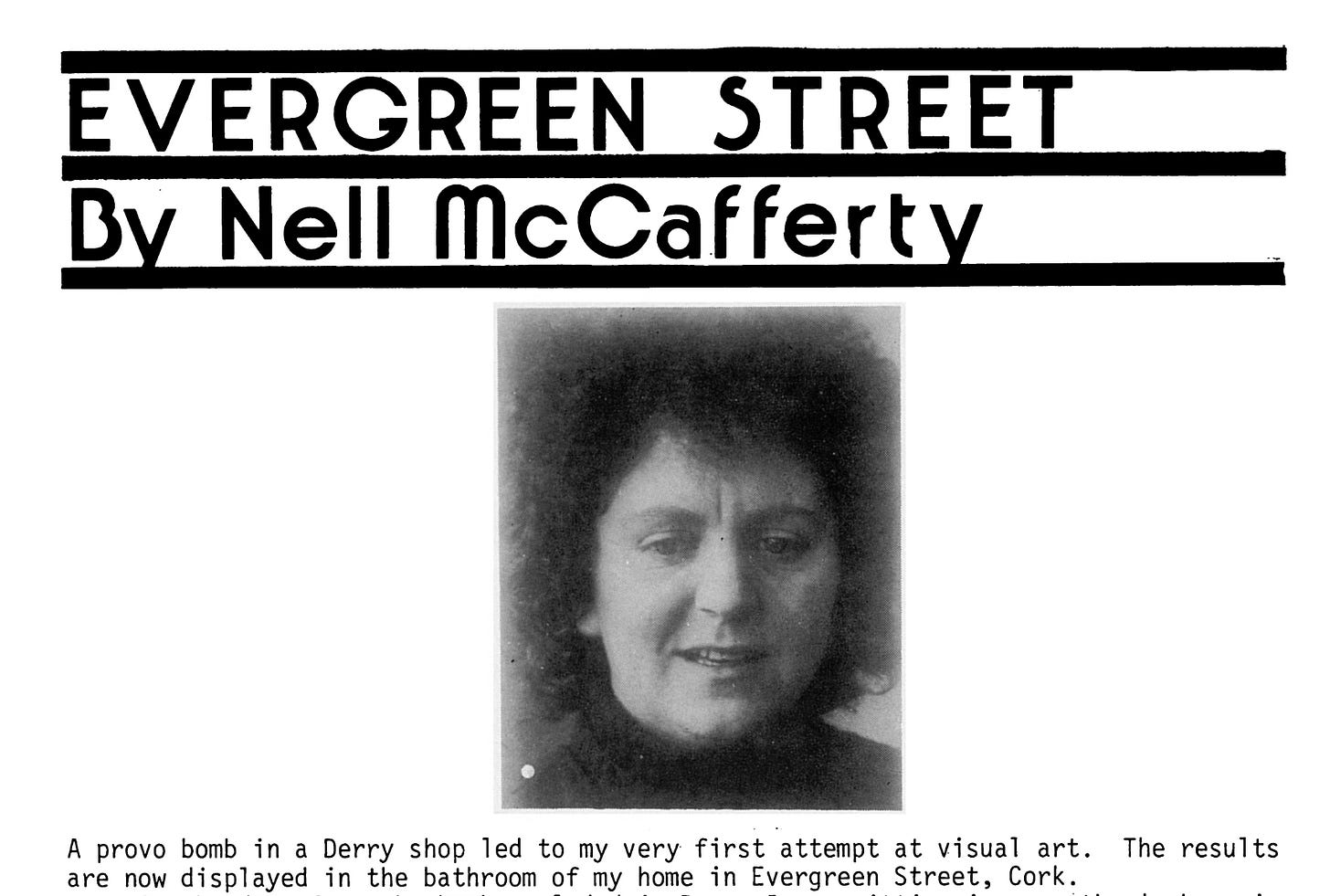
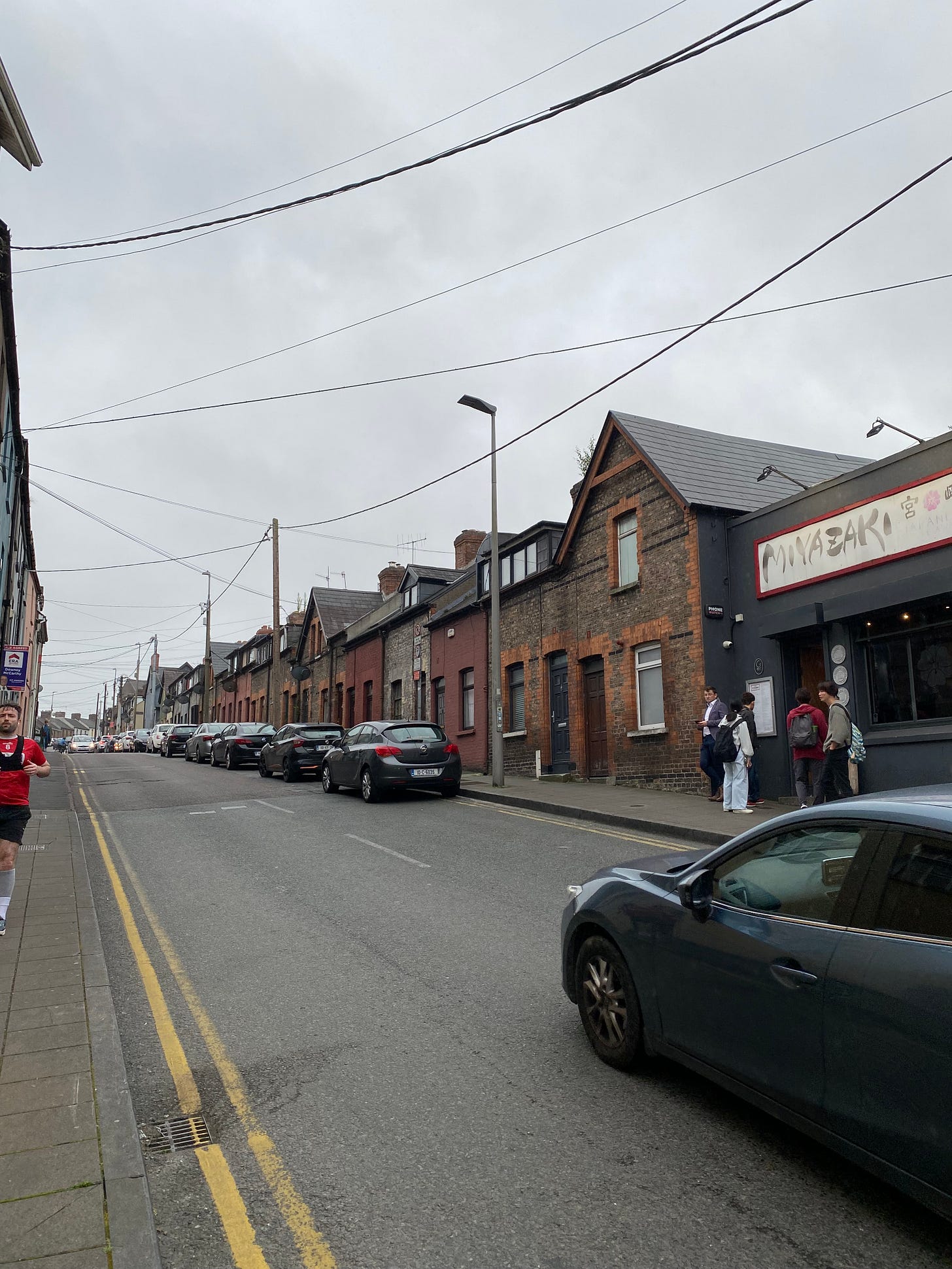
She lived in 55 Evergreen Street, to the best of my recollection.
Thank you for allowing us to revisit this. Nell was remarkable.